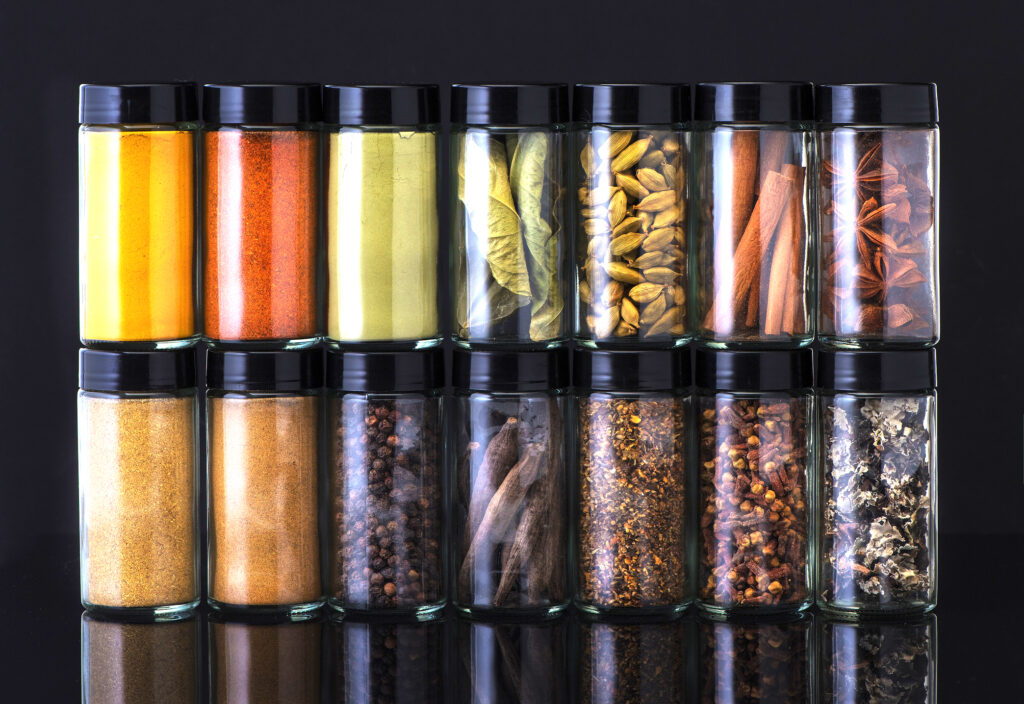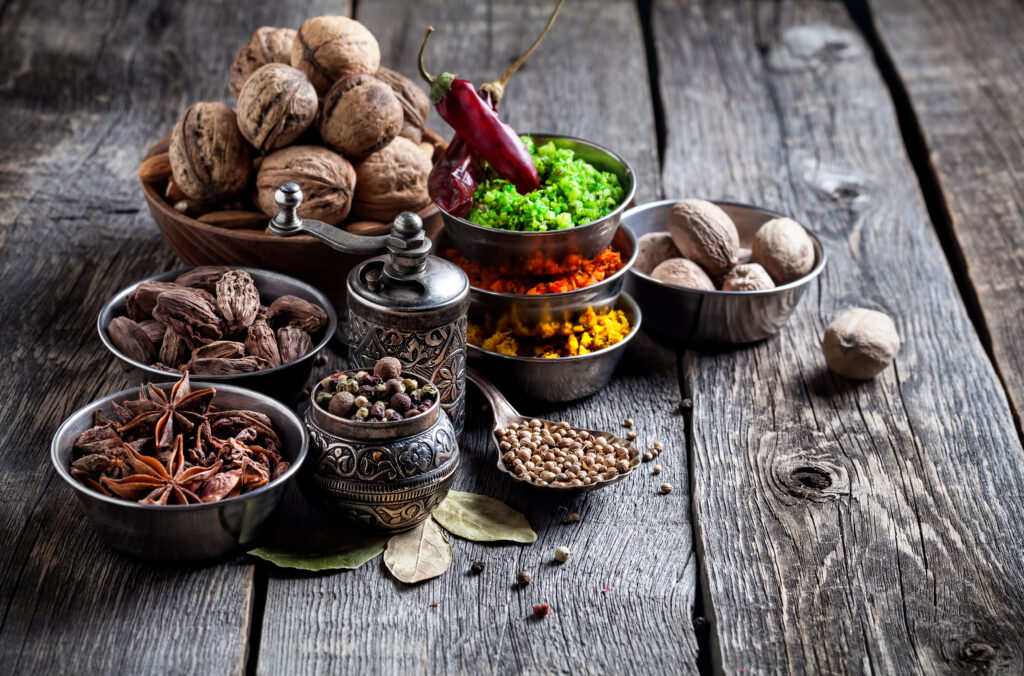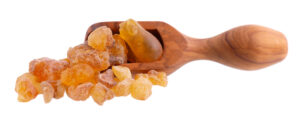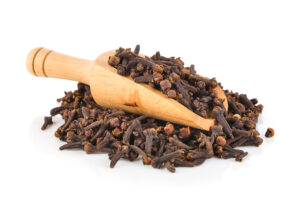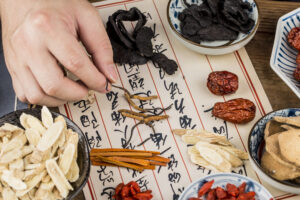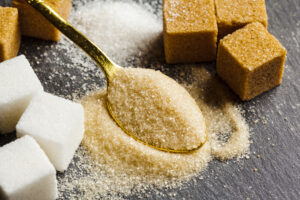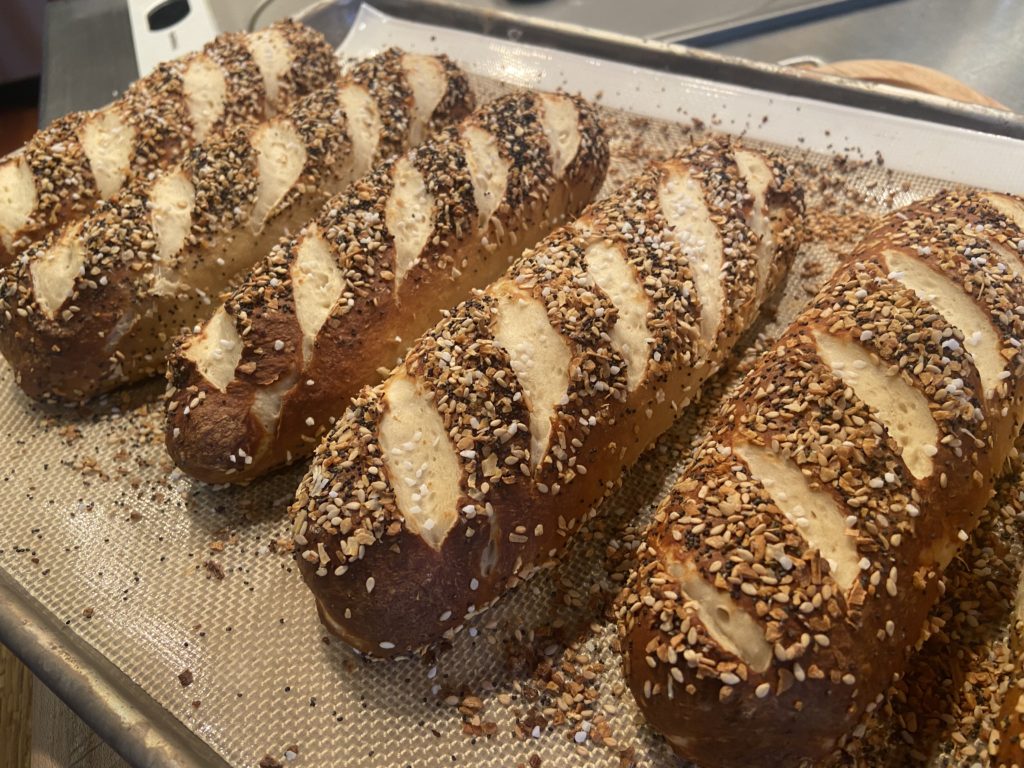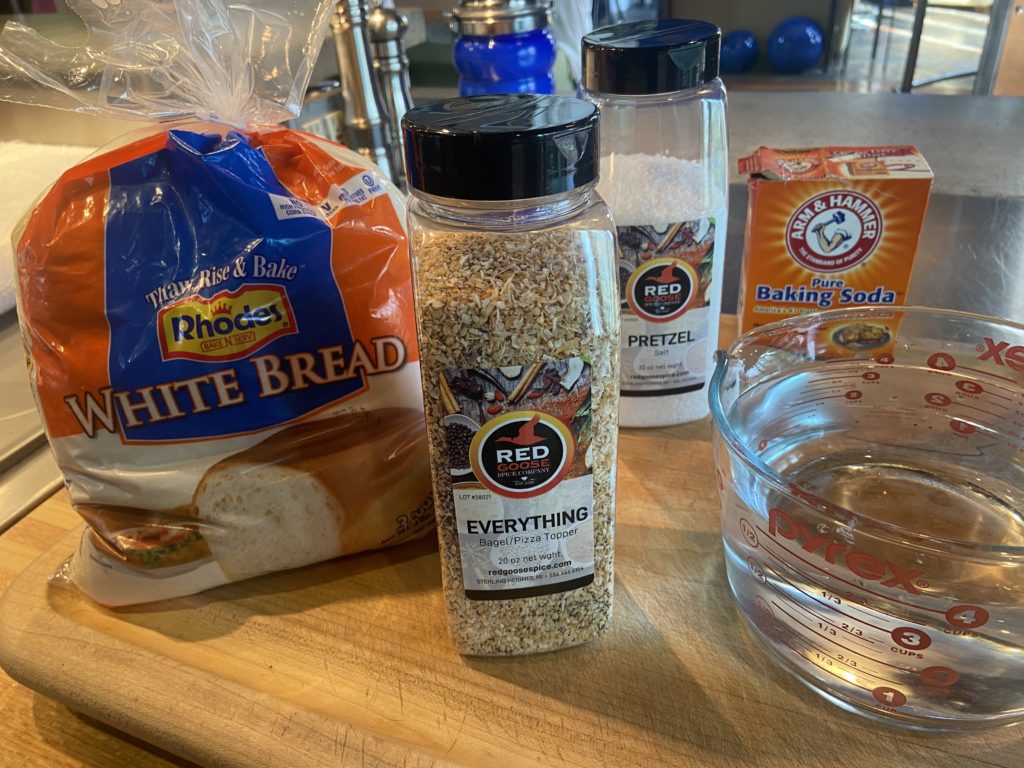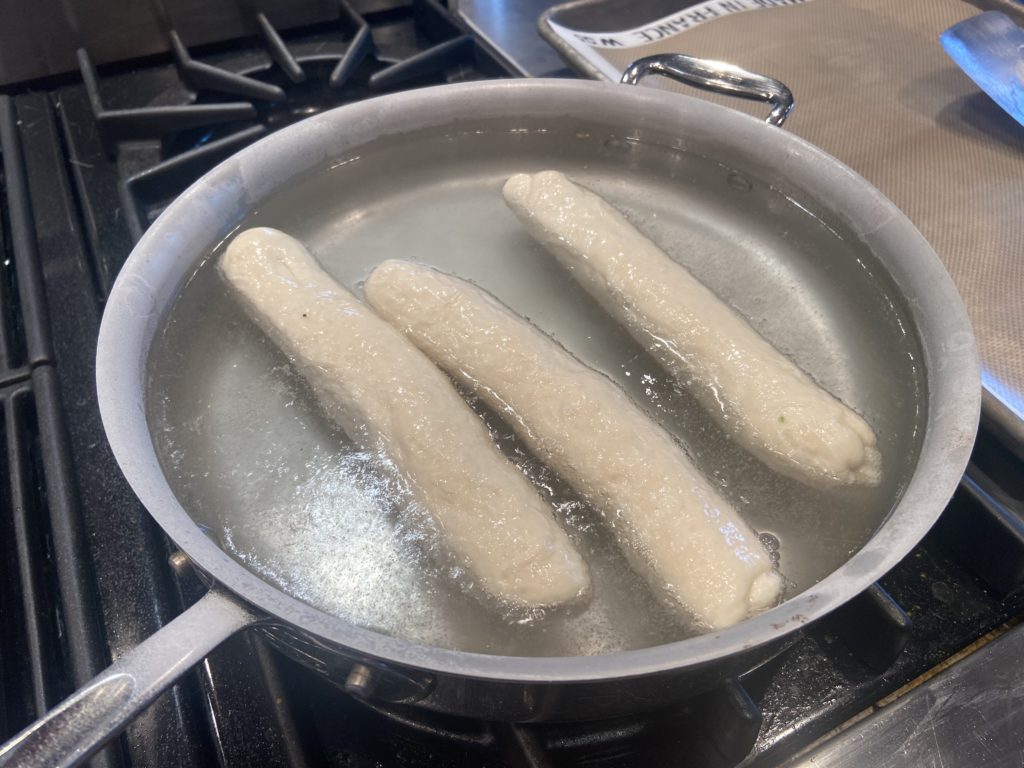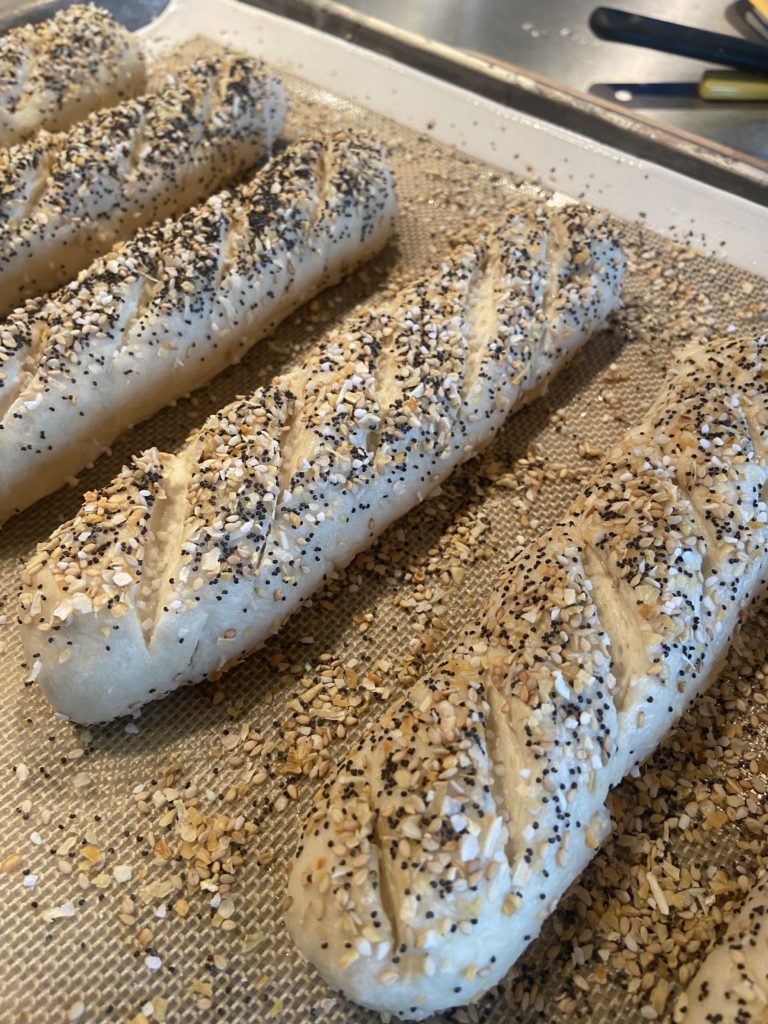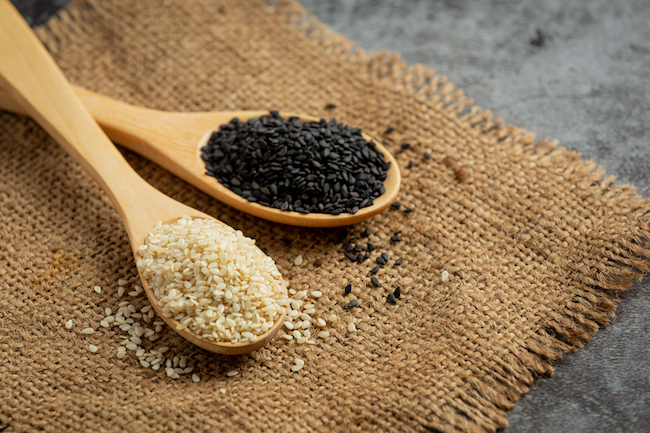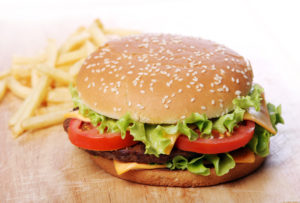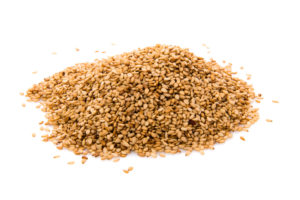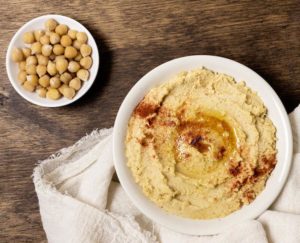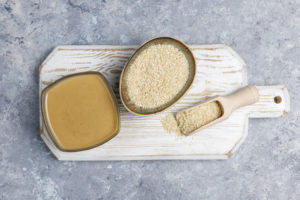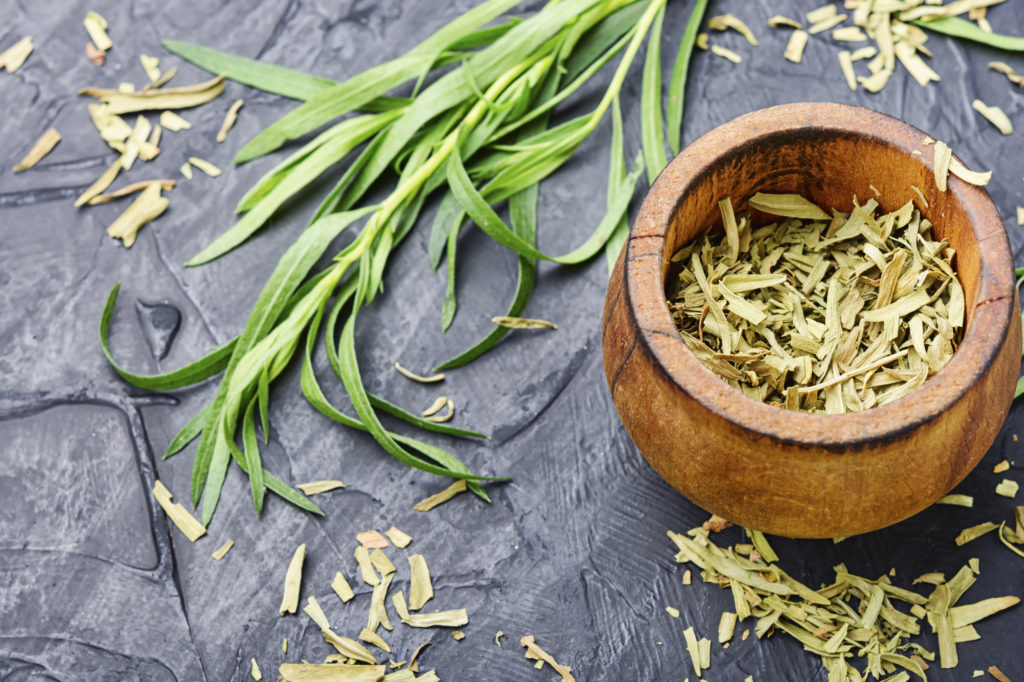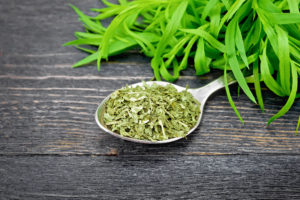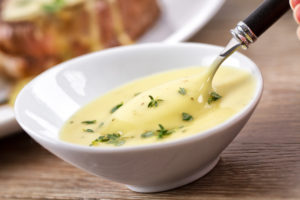For Chef’s and restauranteurs, there’s nothing more important to your business success. than customers who patronize your restaurant on a regular basis.
Many, almost seem like family.
You may reward them with a customer loyalty program, an occasional drink, appetizer or dessert. But during the holiday’s when we turn our attention to our family, even our “extended” family, there’s no better way to show your appreciation, then offering a gift that you’ve made yourself.
It’s personal.
For generations, baking and packaging tins of delicious homemade cookies were always a family holiday gift giving tradition.
There are however, some interesting and easy to make holiday culinary gift treats that you can make in your kitchen that will really impress.
Some can be made without even turning on the oven, or investing a lot of time.
Depending on your budget, and your time, any one of these ideas make an excellent gift and rather inexpensive gift for your special customers.
Below, each gift idea is rated by its estimated relative cost, minus the cost of the container you might choose.
Generally, we can categorize these ideas in terms of:
COST
$ under 5 dollars
$$ 5 to 10 dollars
$$$ over 10 Dollars
AND EASE
* Easy, ** Medium, *** Challenging
Of course, it’s more personal if all of these ideas are house made and from recipes or products that you would use on your menu. It makes them special and memorable.
Some ideas are: Cost Ease
A House Seasoning Salt (1 cup) $ *
Caramel Sauce (2 cups) $$ **
Hot Fudge Sauce (2 cups) $$ **
Herb Flavored Vinegars (2 Cups) $$ *
Chocolate Clusters (per ½ lb) $$ *
Vanilla Extract (per cup) $$$ **
Vanilla Sugar (per pound) $$ *
Clarified Cooking Butter (per cup) $$ *
Biscotti Cookies (per pound) $$ **
Chocolate Truffles (per pound) $$$ **
Basil Pesto (per cup) $$$ ***
Meat Marinade (Mongolian) (per cup) $$ **
Meat Rubs (per ½ cup) $$ *
House Made Granola $$ **
As for packaging, you can use something as inexpensive as lidded deli cups, or, go all out and purchase nicer, small glass container, small tins or boxes as retailers such as The Container Store, At Home, Hobby Lobby, Michaels or similar outlets.

